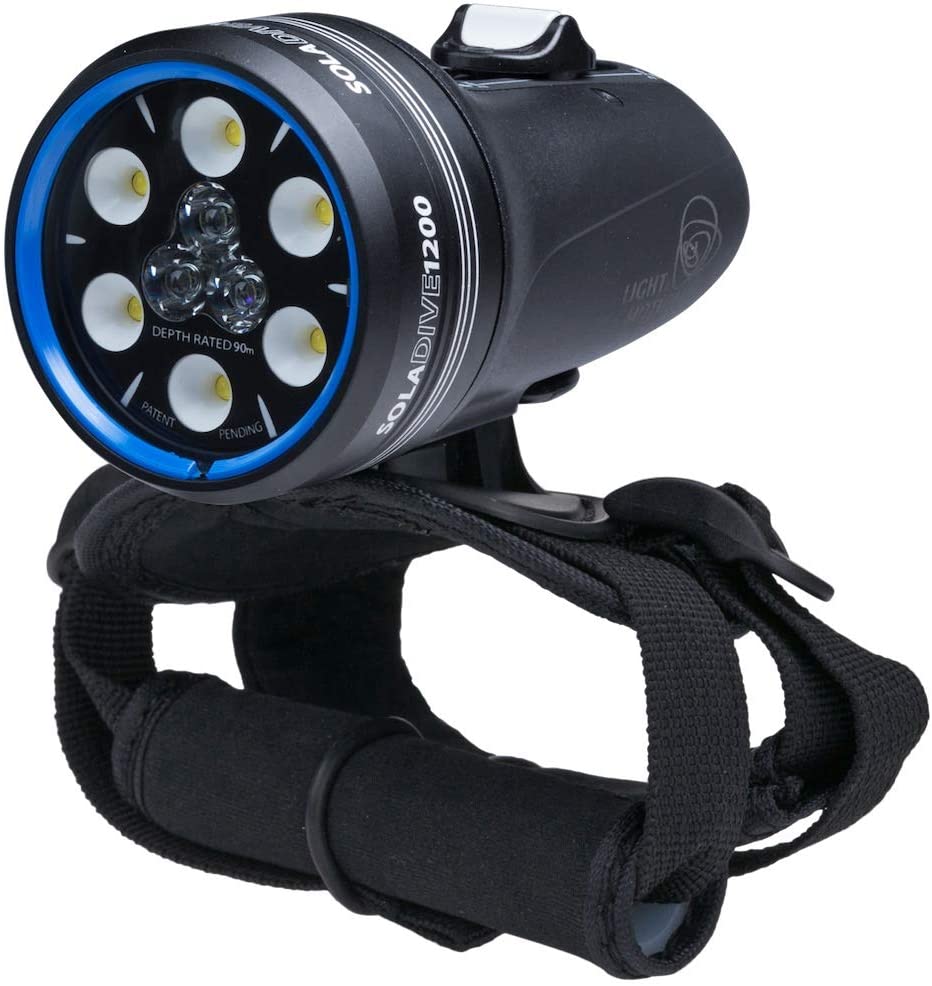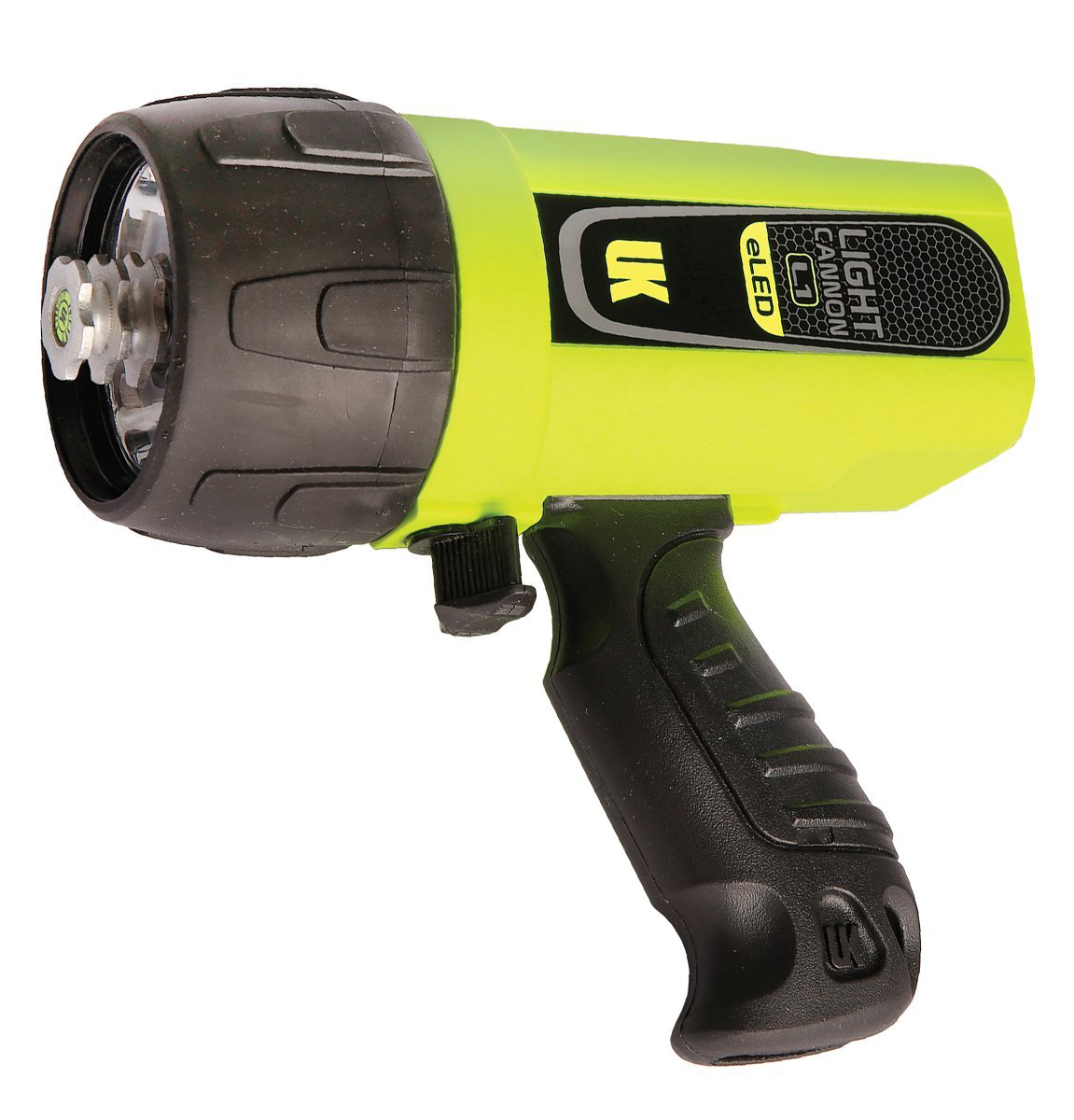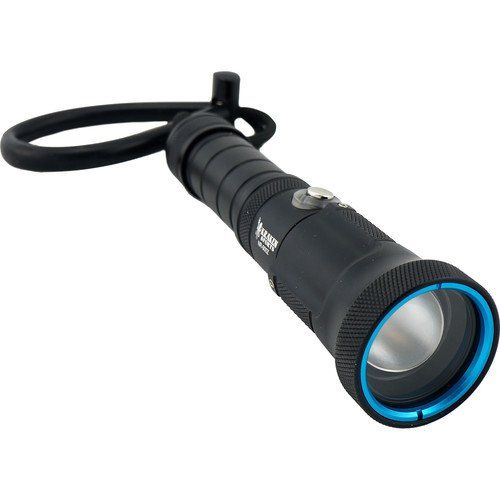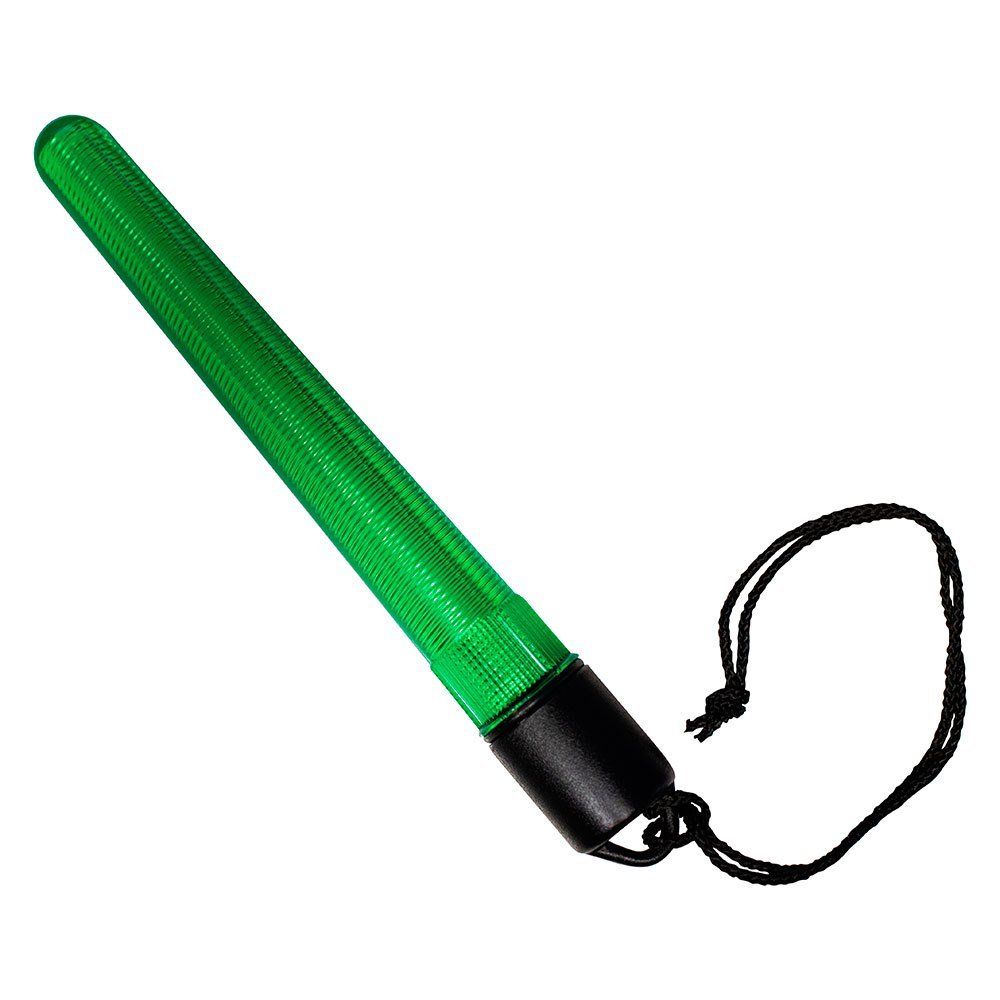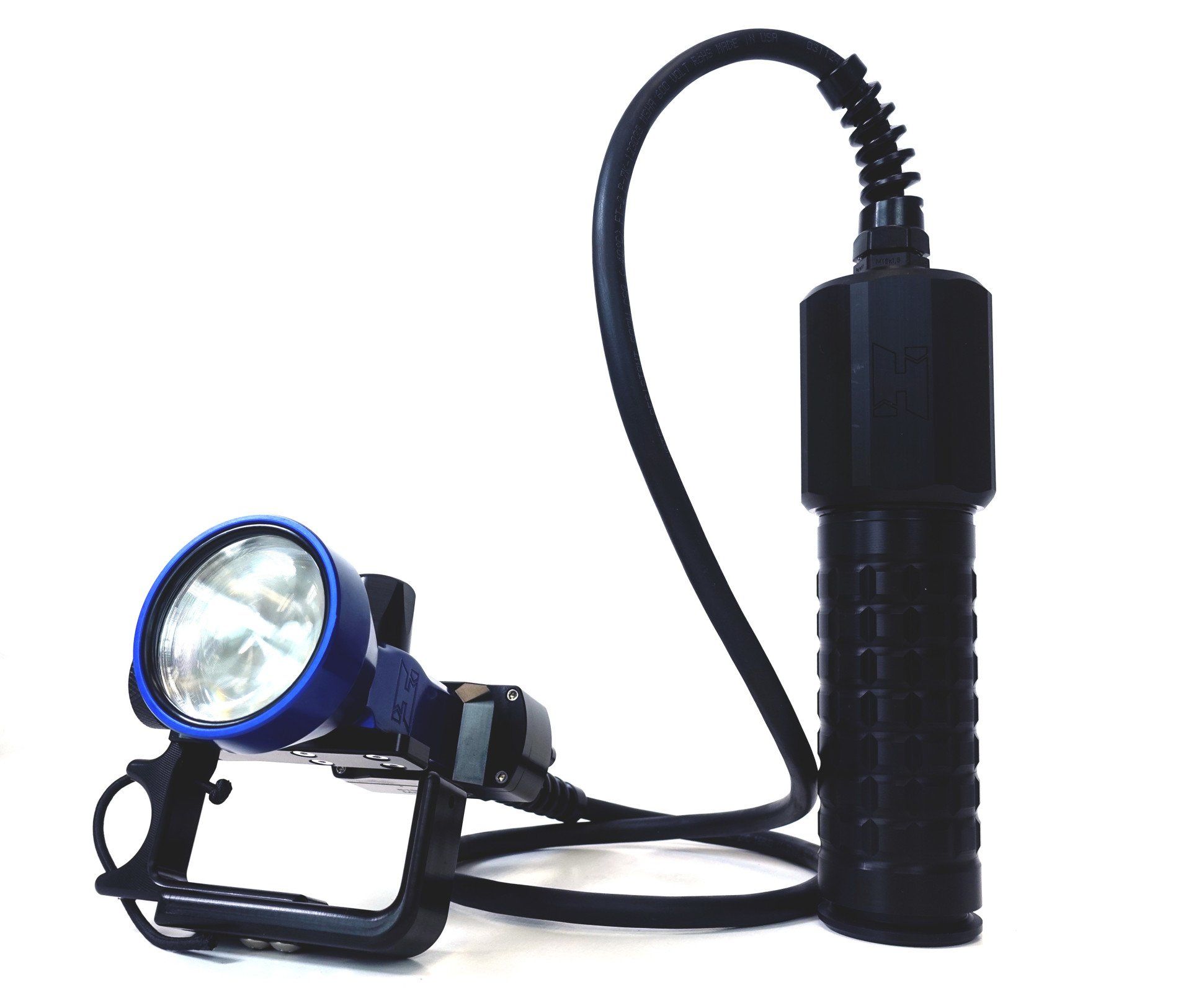Purchase Dive Lights
Lights for SCUBA Diving
Primary Lights, Backup Lights, Marker Lights
A SCUBA Diver normally carries 3 lights with them. Underwater, in the dark, the saying, "Two is one and one is none" definitely applies! The diver's primary light is usually the larger of the dive lights and that one that is turned on at the beginning of the dive. The backup light is usually a smaller light carried on a clip or in a BCD pocket, or some other easily accessible location. Backup lights are turned on and checked before the diver enters the water and then turned off and stowed. The backup light is there in case a problem develops with the primary light.
A marker light or tank marker light is usually attached to the tank valve, regulator, or some other high point behind the diver's head. The marker light serves two important purposes. On the surface the marker light makes the diver visible to other divers, and boats - helping to avoid collisions. Underwater the marker light helps divers identify each other. For example, you might hear something in a dive briefing that sounds like, "I'm blue flashing and my buddy is constant red." That means that first diver is wearing a marker light that flashes blue and the second diver's marker light is red and constantly on. Note that the flashing marker light is not the same thing as a strobe light. Divers usually do not wear strobe lights because they are bright enough to annoy the other divers around them. Also, white strobe lights are often used to identify a boat or some other entry or exit point.
Incandescent Bulbs, HID Bulbs, LED Bulbs
Older style dive lights still use incandescent bulbs but this technology has almost completely disappeared from dive lights for SCUBA divers. A diver requires a brighter light and long enough burn time that dive lights that used incandescent bulbs required large battery packs. In some cases up to 8 D-cell batteries! That's 3-4 pounds you could take off your weight belt!
For awhile HID bulbs were popular. They offered much higher output for the same input. The battery packs were still large and the bulbs were expensive - up to $70 a bulb in some cases - but if you wanted the brightest light available it was an HID light. These were the first lights to include circuitry in the system to drive the bulb properly. Up to this point dive lights were basically a grade school science project that included a bulb, a battery, some wires, and switch to complete a circuit. Add an o-ring and a case to keep the water out and you had a dive light!
Today, LED lights are where it's at. Almost all dive lights on the market today are based on LED technology. LEDs take only a small amount of input to generate a tremendous amount of output. They achieve outputs that were not even possible using incandescent or HID bulbs. As the technology improves dive lights continue to get brighter and smaller. They also now offer features like lighted indicators to tell you how full the battery is, multiple power settings, fast charging rechargeable batteries.
A quick note about brightness. Most dive lights offer a measure of output in lumens. All things being equal a 1200 lumen light would be brighter than an 800 lumen light. Unfortunately, all things are far from equal making the lumen comparison almost meaningless. Beam angle is important. A narrow beamed light concentrates its output in a narrow light beam, like a spot light. A wide beam light has a wider beam angle that will light up a larger area, like a flood light. A 1200 lumen flood light won't look nearly as bright as a 1200 lumen spot light but it will light up a much larger area.
Another problem with lumens is where in the light beam the measurement is taken. All light beams have a fall-off zone. The intensity of the light beam drops as you move from the center to the edge. Some manufacturer's list the lumen rating at the center of the beam knowing that the rest of the beam is not that bright. Other manufacturers list lumens as an average of the intensity from the center to the edge of the beam. Once again, two lights listed as 1000 lumen lights will appear to have different brightnesses.
Ready to give up? Don't. There is an easy test you can do right in the store using the standard issue mark-one-eyeball. If you want to compare two dive lights just turn them on and shine them at the same spot on the wall. One of them will likely appear to be brighter than the other. Remember to check the beam angle. After that, feel how the light sits in your hand. Is it comfortable to hold? Does it have the mounting features you're looking for? Does it have a warranty? These are all questions that are better than, "Which one is the brightest?"
Hand Held, Wrist Mount, and More
There are many different ways to mount and carry dive lights. The most common are hand held and wrist mount. A hand held dive light has either a pistol grip, a lantern grip, or no grip in the case of smaller lights. A diver will either use a wrist lanyard, retractor, or clip to carry the light. Smaller lights like backup lights are sometimes carried in a BCD pocket.
The Mini-Q40 light from Underwater Kinetics has a unique mounting option. It is a silicon harness that can be used to attach the light to a shoulder strap, a low pressure inflator hose, or a mask strap. It's a great light for people who need to see what they're going and still have both hands fee.
Disposable Battery or Rechargeable Battery
Many dive lights allow you to use both disposable and rechargeable batteries. Considering the environmental concerns with disposing batteries in remote locations close to sensitive reef systems most divers choose rechargeable batteries. If you use a dive light often you will find that using rechargeable batteries saves you a lot of money.
Some dive lights, like the Light and Motion lights, use externally rechargeable batteries in a sealed case. The biggest benefit of doing this is the elimination of the battery hatch cover. You don't have to take these lights apart to get to the batteries. There are no O-rings to clean and service. All you have to do is rinse the light, dry it, and plug it in. These lights can achieve a full charge in under an hour and still give you hours of burn time. The lights also include options like multiple power settings and the ability to change the beam angle of the light from spot light to flood light. They even include a flashing S.O.S. feature in case of emergency.
Canister Lights
Canister lights are very popular among technical divers because of the extended burn time. A canister light has a light head connected to a battery canister that is usually worn on a hip belt. The light heads are often interchangeable and the battery canister provides more space for batteries than a typical dive light. Canister lights can often operate at full power for hours.
A common mounting option for a canister light is a Goodman handle. The handle is a metal or plastic bar mounted underneath the light head. It gives you the flexibility and freedom of a wrist mounted light without the light being semi-permanently attached to your wrist. The Goodman handle option makes it quick and easy to stow the light head by clipping it to a D-ring.


